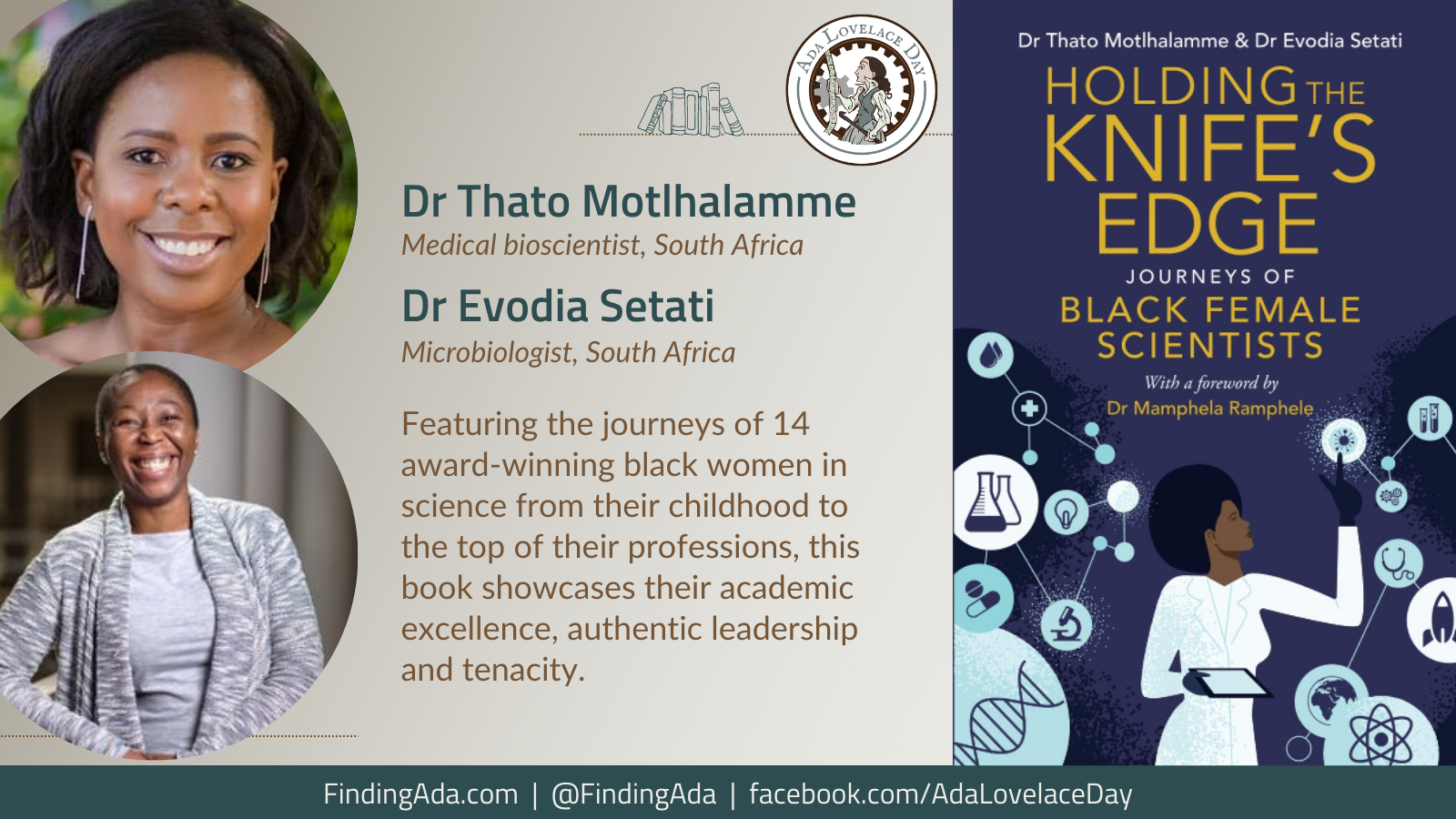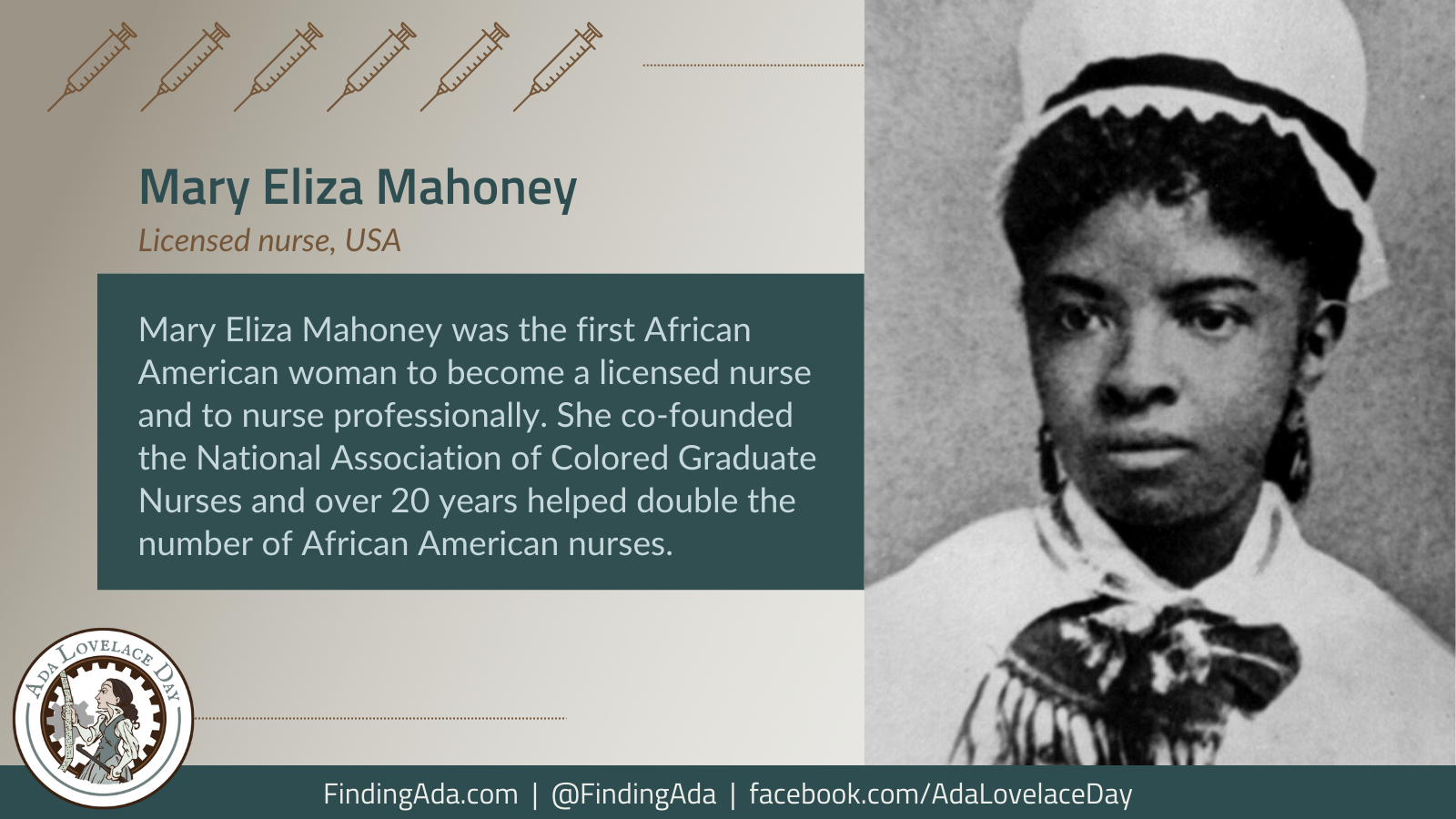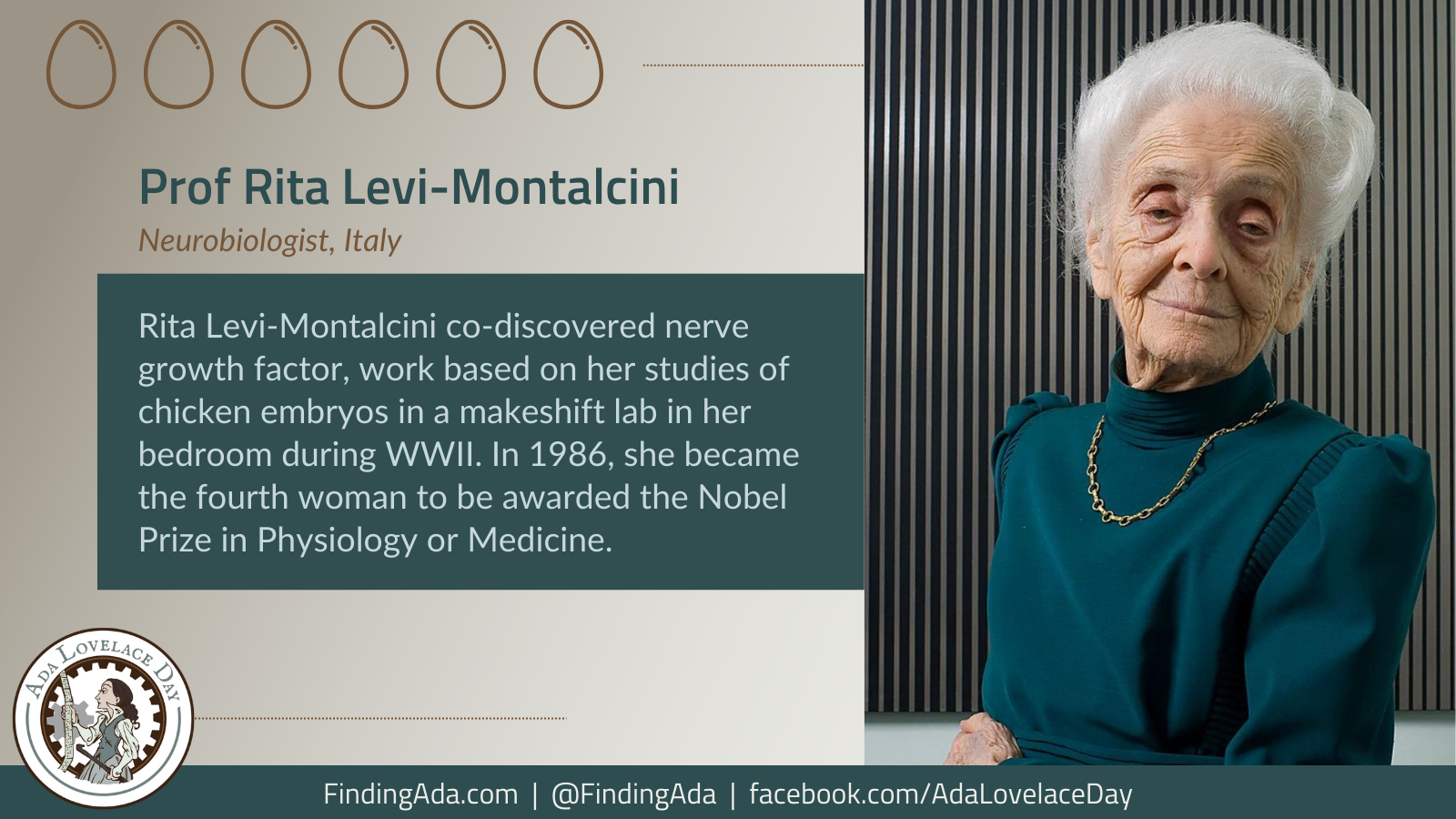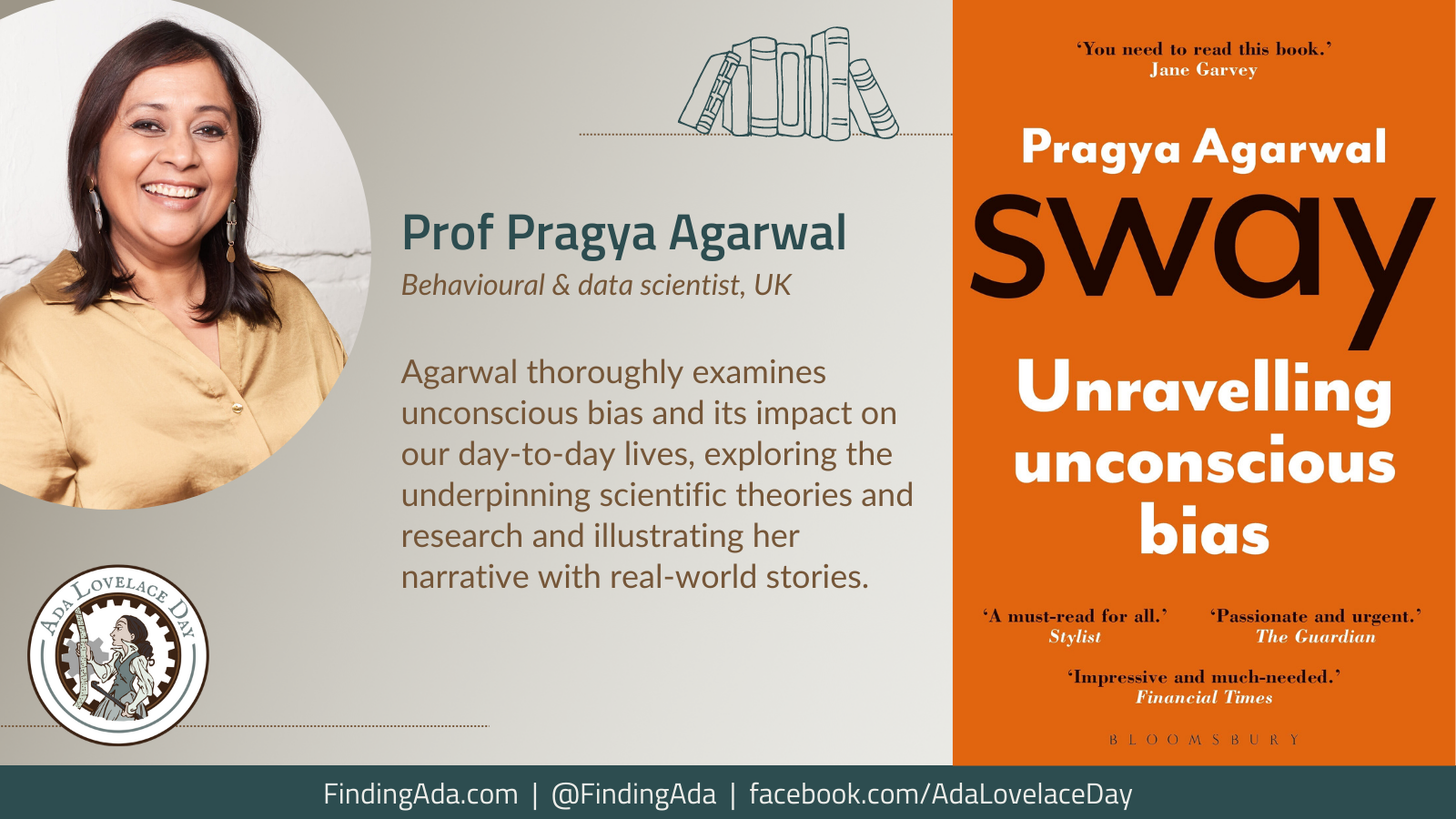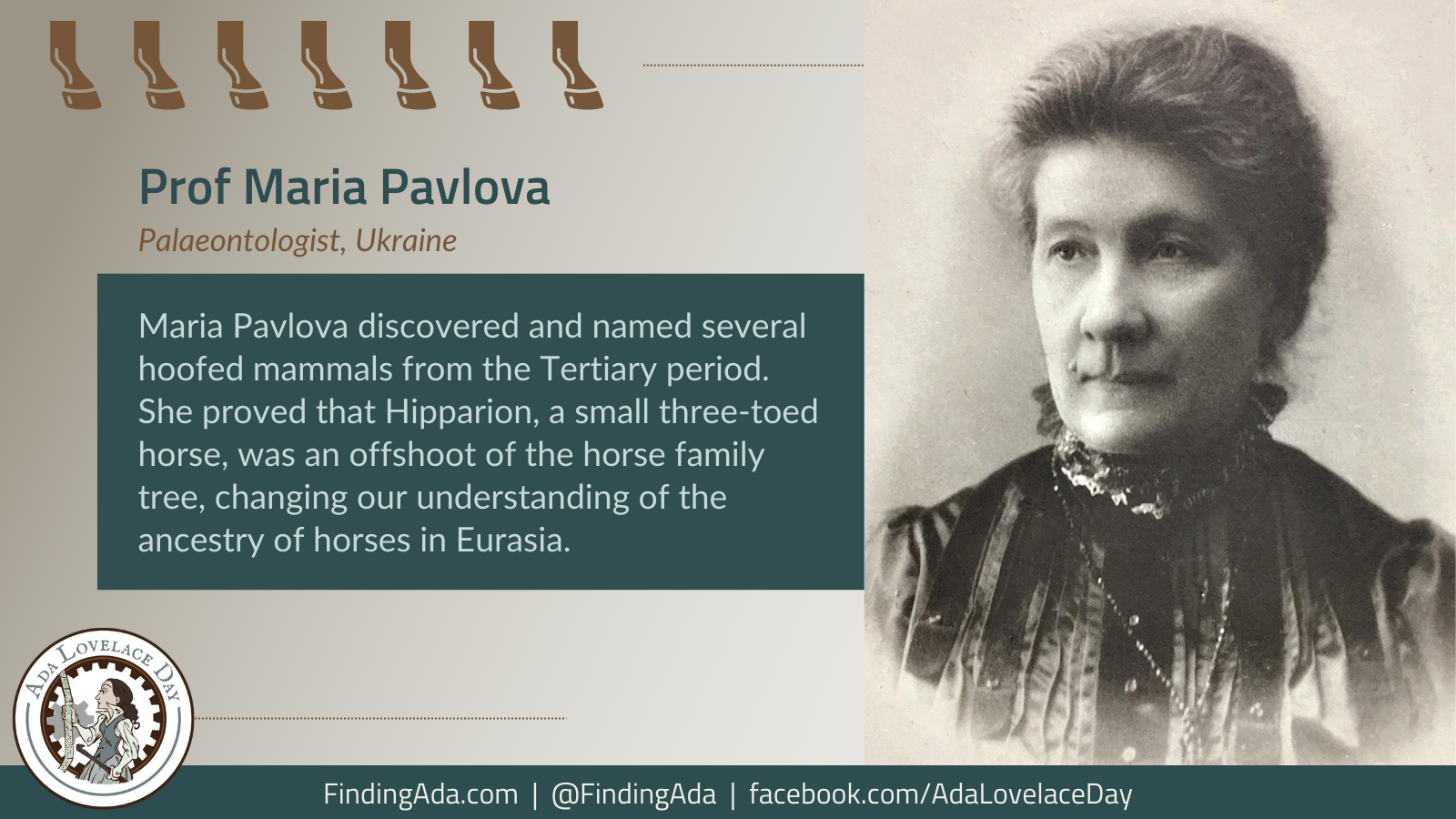Holding The Knife’s Edge: Journeys of Black Female Scientists, Dr Thato Motlhalamme and Dr Evodia Setati
To be born in a developing country is like competing in a race with your arms tied behind your back. To be born a female is to compete with your arms tied behind your back and blindfolded. An African child faces many barriers to education, health and social welfare. Yet, despite all these hurdles, some children grow up to become industry leaders in fields that seemed beyond reach in their childhood.
Authors Dr Thato Motlhalamme and Dr Evodia Setati follow the journeys of 14 award-winning and pioneering black women in Science, from their childhoods and education to their arrival in the upper echelons of various organisations, achieved through innovation, academic excellence, social intelligence, authentic leadership and tenacity. The humble rural beginnings of some of these women did not limit intellectual growth, but rather stimulated creative, out-of-the-box thinking, which has served them well in their respective industries and businesses.
The remarkable stories in Holding the Knife’s Edge: Journeys of Black Female Scientists tell of a deep hunger for knowledge, a determination and commitment to succeed, and a work ethic that ensures success.
About the Authors
Dr Thato Motlhalamme is a wine biotechnologist and passionate medical bioscientist. She obtained a degree in Complimentary Medicine and a master’s degree in Medical Biosciences from University of the Western Cape and a PhD in Wine Biotechnology from Stellenbosch University. She is a Postdoctoral Fellow in Grape and Wine Sciences and has previously worked in academia as a tutor and junior lecturer and in the retail space as a health consultant. She has a passion for science and inspiring young women to choose careers in science.
Dr Evodia Setati is a microbiologist and professional coach. She is the recipient of the 2018 Distinguished Woman Scientist award (Engineering and Natural Sciences) from the Department of Science and Innovation. She obtained a BSc Hons degree from University of Limpopo, a PhD in Microbiology and a MPhil in Management Coaching from Stellenbosch University. She is a chief researcher in Grape and Wine Sciences. Evodia mentors early career academics and young scientists.
You can follow their work here:
Twitter: @holdingtheknife
Instagram: @holdingtheknifesedge
Website: pathtoscience.com
